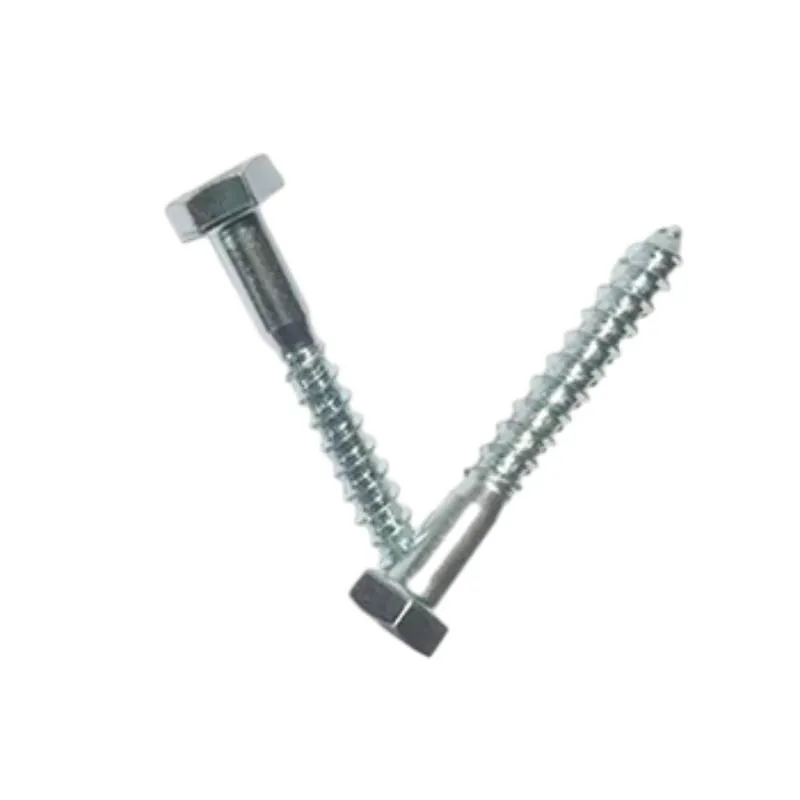Ago . 12, 2024 00:34 Back to list
Exploring Various Categories of Threaded Rods and Their Applications in Different Industries
Different Types of Threaded Rods A Comprehensive Overview
Threaded rods, commonly referred to as studs, are versatile fasteners used in a wide array of applications, from construction to manufacturing and automotive industries. These long, cylindrical rods with continuous threading along their length can be found in various types, each designed to meet specific requirements based on material, size, and threading type. In this article, we will explore the different types of threaded rods, their characteristics, and their typical uses.
1. Material Types
- Steel Threaded Rods Steel is the most common material for threaded rods due to its strength and durability. Steel rods can be further categorized into different grades, such as ASTM A307 or A36, which denote their tensile strength and resistance to wear. Galvanized steel threaded rods are also available, coated for corrosion resistance, making them suitable for outdoor applications.
- Stainless Steel Threaded Rods For applications requiring higher levels of corrosion resistance, stainless steel threaded rods, such as those made from ASTM A193 or A320, are ideal. They are frequently used in construction, marine, and food processing industries where exposure to moisture or chemicals is a concern.
- Plastic Threaded Rods While less common, plastic threaded rods made from materials like PVC or nylon serve specialized applications. They are resistant to corrosion and chemicals, making them suitable for electrical insulation applications and environments where non-metallic components are necessary.
- Bronze and Brass Threaded Rods These materials offer excellent corrosion resistance and aesthetic appeal. They are often used in decorative applications or marine environments, where traditional steel might corrode.
2. Thread Types
- Unified National Thread (UNC/UNF) Most common in North America, these threads come in coarse (UNC) and fine (UNF) varieties. Coarse threads are typically used for quick assembly while fine threads provide better resistance to loosening under vibration.
- Metric Threads Widely used around the world, metric threaded rods conform to ISO standards and are denoted by their diameter and pitch. They are commonly utilized in engineering applications due to their uniformity and compatibility with metric fasteners.
different types of threaded rod

- Acme Threads Acme threaded rods have a trapezoidal thread profile, providing better load-bearing capabilities. They are often used in applications like lead screws for machinery, where high torque and load are required.
- Square Threads Similar to Acme threads but with a square profile, these threaded rods offer great efficiency for power transmission, often found in hydraulic presses and other heavy machinery
.3. Length and Diameter Variations
Threaded rods are manufactured in various lengths and diameters to accommodate a wide range of applications. Standard lengths typically range from a few inches up to several feet, while diameters can vary from smaller sizes like 1/4 inch to larger sizes exceeding 2 inches.
4. Common Applications
Threaded rods are used in diverse settings, including
- Construction In structural applications, threaded rods secure beams, walls, and ceilings and are vital in tensioning applications. - Automotive In the automotive industry, they are used for engine mounts, suspension components, and exhaust systems.
- Manufacturing Threaded rods help assemble machinery and equipment, allowing for modular designs and easy maintenance.
- DIY Projects Many hobbyists and DIY enthusiasts use threaded rods for a myriad of projects, from furniture assembly to custom engineering solutions.
In conclusion, threaded rods come in a variety of materials, thread types, and sizes, making them an indispensable component in many industries. Understanding the different types of threaded rods and their applications ensures that one can select the appropriate rod for any specific task, enhancing both efficiency and safety in assembly and construction processes.
-
The Ubiquitous Reach of DIN934 in Application Realms
NewsMay.16,2025
-
Exploring Different Bolt Types
NewsMay.16,2025
-
Cracking the Code of Sleeve Anchor Mastery
NewsMay.16,2025
-
Clamp Design Principles,Types and Innovations
NewsMay.16,2025
-
Artistry Inspired by the Humble Anchor Bolt
NewsMay.16,2025
-
A Deep Dive into Screw Types
NewsMay.16,2025


